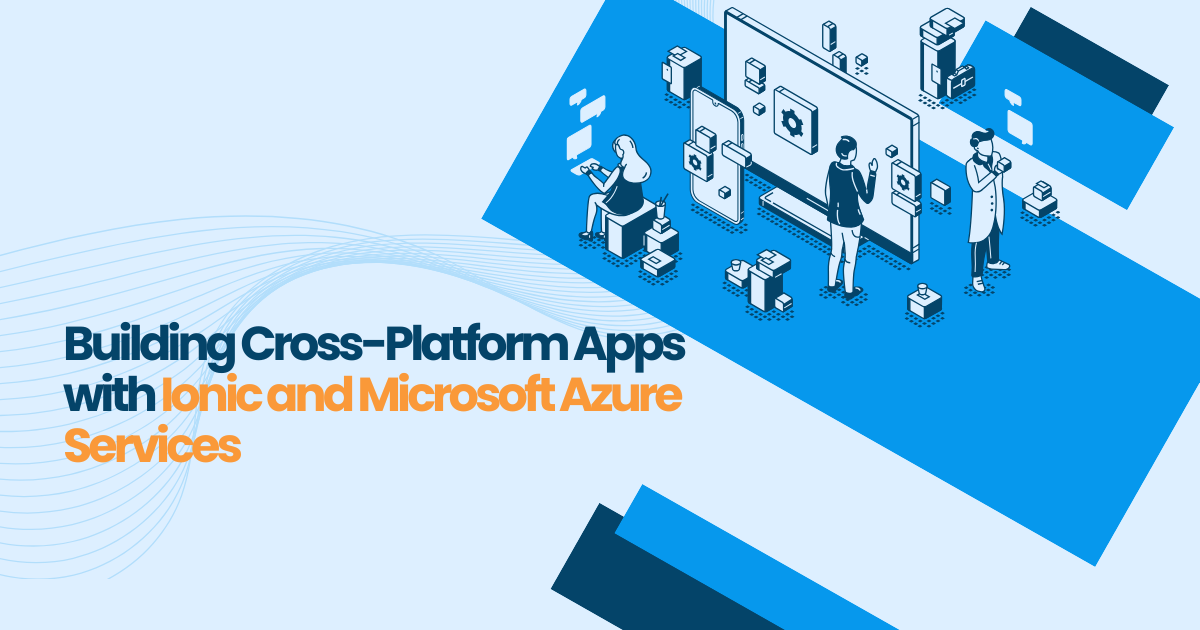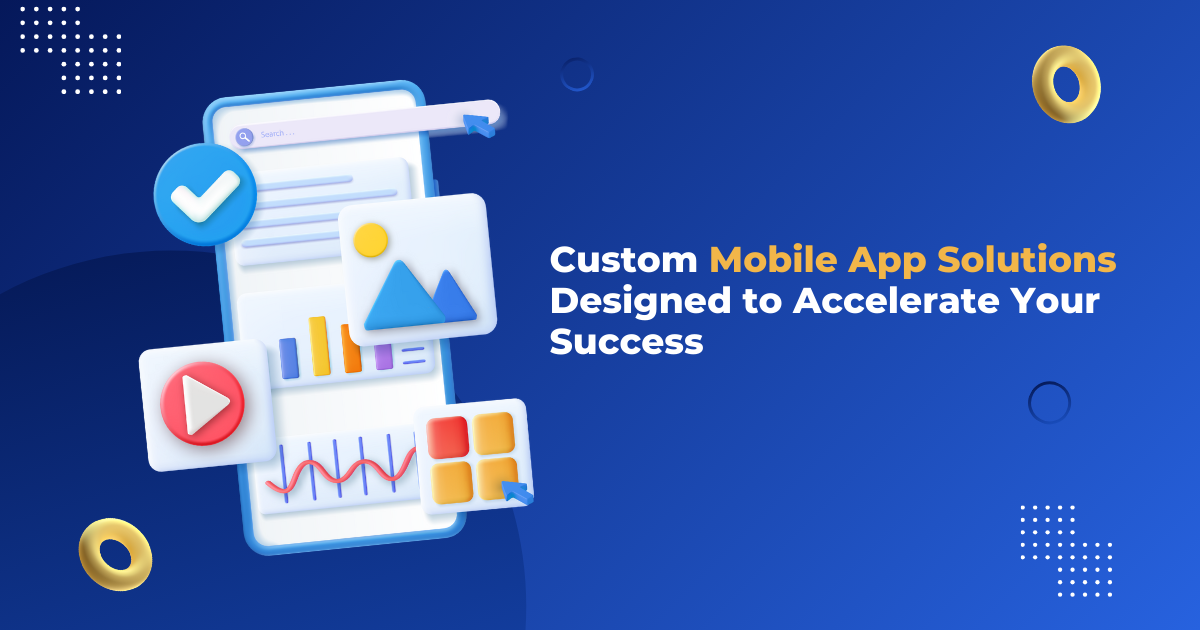 Explosive Keyword Research – Target Buyers, Not Just Traffic!
Explosive Keyword Research – Target Buyers, Not Just Traffic!
Optimizing DevOps for Your SaaS Application: Strategies for Success
Written by Micheal » Updated on: June 17th, 2025

In today’s fast-paced digital landscape, Software as a Service (SaaS) applications are becoming increasingly popular. As more businesses shift to cloud-based solutions, the need for efficient development and operations (DevOps) practices has never been greater. Optimizing DevOps for your SaaS application can significantly enhance your team's productivity, improve software quality, and ultimately lead to greater customer satisfaction. In this blog, we’ll explore actionable strategies to help you achieve success in your DevOps journey.
Understanding DevOps in the SaaS Context
Before diving into strategies, it’s essential to understand what DevOps means in the context of SaaS. DevOps is a cultural and technical movement aimed at improving collaboration between development and operations teams. It emphasizes automation, continuous integration, continuous delivery (CI/CD), and feedback loops to streamline the software development lifecycle.
For SaaS applications, where rapid deployment and frequent updates are the norms, adopting DevOps practices can lead to faster time-to-market and a more responsive approach to customer needs.
1. Choose the Right Tools
The foundation of a successful DevOps strategy lies in the tools you choose. The right tools can automate processes, enhance collaboration, and provide real-time insights. Here are some essential categories of tools to consider:
Continuous Integration/Continuous Deployment (CI/CD) Tools
Jenkins: An open-source automation server that supports building, deploying, and automating projects.
GitLab CI: Offers built-in CI/CD capabilities that integrate seamlessly with version control.
Containerization Tools
- Docker: This enables you to package applications and their dependencies into containers, ensuring consistency across different environments.
- Monitoring and Logging Tools
- Prometheus: An open-source monitoring system that collects metrics and provides alerts based on those metrics.
- ELK Stack (Elasticsearch, Logstash, Kibana): A powerful suite for logging and visualizing data.
Collaboration Tools
Slack: Facilitates real-time communication among team members.
Jira: A project management tool that helps track tasks and issues.
2. Embrace Microservices Architecture
Transitioning to a microservices architecture can drastically improve your SaaS application’s scalability and maintainability. Unlike monolithic architectures, where all components are tightly coupled, microservices allow you to develop, deploy, and scale each service independently.
Benefits of Microservices:
- Scalability: Scale individual services based on demand rather than the entire application.
- Flexibility: Use different technologies for different services, allowing teams to choose the best tool for the job.
- Resilience: If one microservice fails, it doesn’t necessarily bring down the entire application.
3. Automate Everything
Automation is at the heart of DevOps. By automating repetitive tasks, you can reduce human error, speed up processes, and free up your team to focus on more strategic initiatives. Here are some areas to consider for automation:
Deployment Automation
Automate your deployment process to ensure that updates are rolled out quickly and consistently. Tools like Spinnaker or Octopus Deploy can help streamline this process.
Testing Automation
Implement automated testing to catch bugs early in the development cycle. Use frameworks like Selenium for UI testing and JUnit for unit testing.
Infrastructure as Code (IaC)
Use tools like Terraform or AWS CloudFormation to manage your infrastructure through code. This approach allows you to version-control your infrastructure and automate provisioning.
4. Foster a Culture of Collaboration
DevOps is as much about culture as it is about tools and processes. Fostering a collaborative environment between development and operations teams can lead to better communication and faster problem-solving.
Strategies to Enhance Collaboration:
- Cross-Functional Teams: Create teams that include members from development, operations, and quality assurance to work on projects together.
- Regular Stand-Ups: Conduct daily stand-up meetings to discuss progress, roadblocks, and next steps.
- Knowledge Sharing: Encourage team members to share insights and learnings through lunch-and-learn sessions or internal wikis.
5. Implement Continuous Feedback Loops
Continuous feedback is vital for improving your SaaS application. By establishing feedback loops, you can quickly identify issues and adapt to changing customer needs.
Ways to Gather Feedback:
- User Analytics: Use tools like Google Analytics or Mixpanel to track user behavior and identify areas for improvement.
- Customer Surveys: Regularly solicit feedback from users to understand their pain points and preferences.
- Performance Monitoring: Implement monitoring tools to gain insights into application performance and user experience.
6. Prioritize Security
In a SaaS environment, security is paramount. As you optimize your DevOps practices, it’s crucial to integrate security measures throughout the development lifecycle—a practice known as DevSecOps.
Security Best Practices:
- Automated Security Testing: Incorporate security testing into your CI/CD pipeline to catch vulnerabilities early.
- Regular Audits: Conduct regular security audits and vulnerability assessments to identify and mitigate risks.
- Employee Training: Provide ongoing security training for your team to ensure they are aware of best practices and emerging threats.
7. Monitor Performance Continuously
Continuous monitoring is essential for maintaining the health of your SaaS application. By keeping a close eye on performance metrics, you can proactively address issues before they impact users.
Key Metrics to Monitor:
- Application Response Time: Measure how quickly your application responds to user requests.
- Error Rates: Track the frequency of errors to identify problematic areas in your code.
- User Satisfaction: Use Net Promoter Score (NPS) or Customer Satisfaction Score (CSAT) to gauge user satisfaction.
Conclusion
Optimizing DevOps for your SaaS application is not just about adopting new tools or processes; it’s about fostering a culture of collaboration, continuous improvement, and customer-centricity. By implementing the strategies outlined in this blog, you can enhance your team’s efficiency, improve software quality, and ultimately deliver a better experience for your users.
Note: IndiBlogHub features both user-submitted and editorial content. We do not verify third-party contributions. Read our Disclaimer and Privacy Policyfor details.
Copyright © 2019-2025 IndiBlogHub.com. All rights reserved. Hosted on DigitalOcean for fast, reliable performance.
















